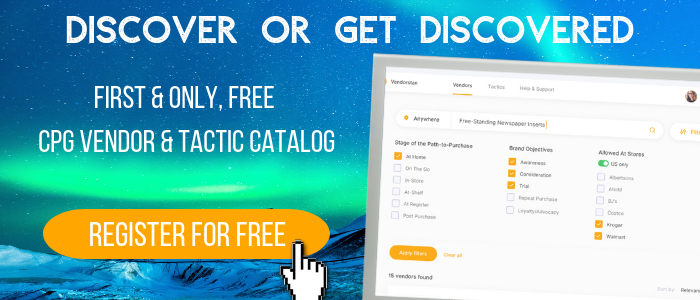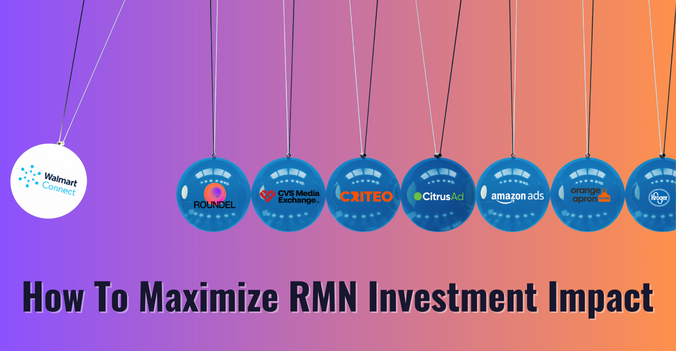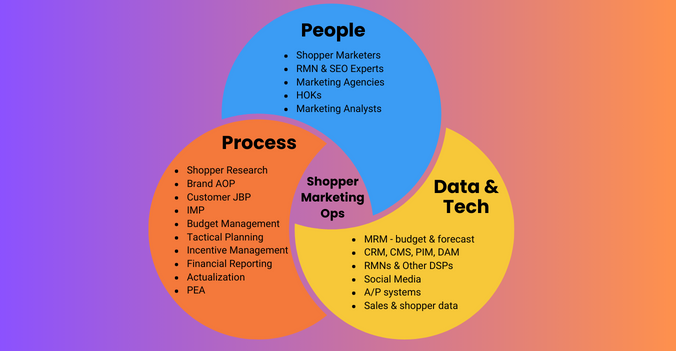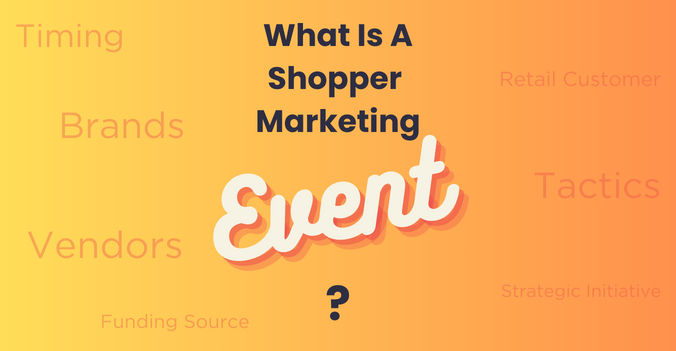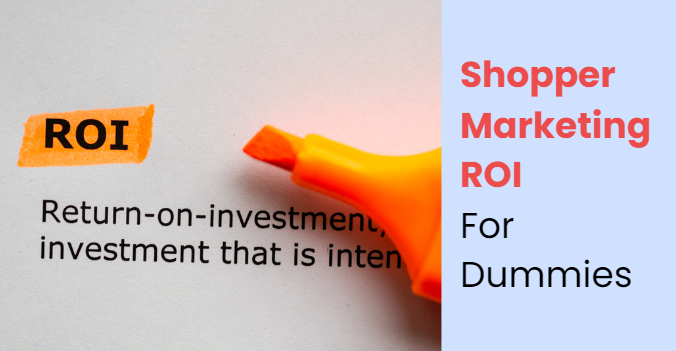 You have just had an amazing holiday season, with sales growth led by the e-commerce channel. This is the first year Black Friday registered more sales through e-commerce than in store. Although traditional channel sales were good, they do not reflect the growth of the economy.
You have just had an amazing holiday season, with sales growth led by the e-commerce channel. This is the first year Black Friday registered more sales through e-commerce than in store. Although traditional channel sales were good, they do not reflect the growth of the economy.
JBP sessions have been going on for years. The JBP process is one by which manufacturer and retailer work together to improve both their businesses. They typically align to new product launch support, added or delisted SKUs, trade support funding, and retailer-specific marketing activities. JBP sessions are typically led by the sales manager responsible for the retailer relationship.
Account Teams Are Missing Out
The problem is most sales managers are not putting together comprehensive planning to grow e-commerce sales. They do talk basic items with traditional retailers, such as new SKUs to be added online and sales targets for e-commerce. What they miss is a detailed discussion of elements driving e-commerce sales. They also miss marketing opportunities retailers have with their own online assets.
Oftentimes, sales leaders and shopper marketers may not have cross-functional e-commerce experience to understand all the elements that factor into online sales. They do not have the required combination of digital marketing, software tech, and analytical skills to continuously refine and grow user experience. So they avoid the discussion.
The E-commerce JBP Process: 5 Critical Areas
What's the solution? Brands and shopper marketers must plan for dedicated e-commerce joint business planning sessions... and the process needs to start now!
JBP sessions should occur with all pure-play e-commerce retailers, as well as with the e-commerce teams for the top ten traditional retailers.
To help with your planning, we are going to describe five key areas you should include in your planning and discussions. There may be other areas that should be included, but these five will start the process of cross-functional planning.
1. Show Up Better: Improve Your Content
One of the most impactful areas a brand can improve is how they are “showing up” on a retailer’s site. They shouldn’t just be listing products. They need to be selling by applying the same sales-driving strategies they would utilize on a retail shelf or in advertising.
The most important factor for doing so is use of content. While most brands do an acceptable job providing specifications for products, they are not creating compelling copy to convince a shopper to buy immediately, from that specific site. It is estimated that sales can be increased by over 50% just by improving copy so that a consumer wants to purchase immediately.
In preparation for a JBP session, the brand needs to do a complete analysis of how their products are showing up on the retailer's site, how they compare to competitors on the site, and how the retailer performs against other retailers.
Next, barriers against improving content need to be identified and remedied. In most cases, such barriers result from organizational issues between the brand and retailer that need to be resolved to allow more fluid updates. Often, brands are not having copywriters develop content; instead, a marketing specialist is assigned to “check the content box.” Most times, comments left by purchasers are not addressed, which hurt brands’ sales if negative. Similarly, product photos may be limited and uninspiring.
During JBP, specific actions need to be agreed upon for both parties to improve content. A set process for improving copy and visuals should be established, including measures to track progress. How comments will be addressed should be specifically discussed. Ideally, a brand should possess the ability to reply to comments and drive trust with other shoppers.
2. Increase Basket Size Better: Cross-sell and Up-sell
There is nothing a retailer wants more than to have a brand that doesn’t just focus on their own sales but rather on how they can increase retailers' overall sales and profitability. A brand with this type of thinking will have disproportionate value with the retailer.
As part of JBP, a brand should supply actual data to help a retailer understand other products most purchased by consumers who buy their product. This data should also include secondary or alternative products consumers want after trying a product. Consumers are often more willing to purchase a second product, especially if they were undecided on what to buy. They often think, “It's better to have two.” Offer insight into complementary products that can help round out a recipe or complete a shopper solution. Peanut butter featured together with jelly makes a lot of sense, as do knee pads for those looking to buy floor paint. Your offline basket reports and analysis will offer insight into "complete" solutions if your e-commerce intelligence is still in its nascent state.
This does give a brand the opportunity to drive sales of other products in their portfolio, and these options should be highlighted to the retailer. A brand should clearly show the financial opportunity of trade-up and cross-sell opportunities.
3. Market Better: Identify and Negotiate On-site Opportunities
As a brand prepares for JBP, they should take inventory of all the digital marketing a retailer does. This should include all advertising, page by page, on the e-commerce site, social advertising, retargeting, and search engine and display tactics. The brand should hypothesize what triggers cause advertising and how a retailer tailors messaging based on a shopper’s path to purchase.
Most importantly, a brand should note wasted marketing opportunities. These are often easy to identify as general advertising that may appear on a retailer's e-commerce or digital assets but has nothing to do with actual products sold. In these cases, they are simply tying into general ad content to make additional income in a non-strategic way.
A brand should come to a JBP session with specific asks for on-site advertising and product positioning within a retailer’s digital marketing tactics. In many cases, a retailer can give a certain amount of this away or allocate promotional funds a brand was going to give the retailer anyway.
A brand should come to JBP explaining why it is in a retailer’s best interest to advertise their brand vs. generic advertising they may be hosting on the site.
4. Drive Traffic Better: Plan and Get Credit for Building Retailer Site Traffic
As a stellar JBP partner, a brand can go above and beyond by creating plans to drive traffic to a retailer’s site. Such plans are most impactful when deeper along a shopper’s path-to-purchase
Many shoppers will research a brand’s products online. They often go to a brand’s own website directly or are touched by a brand’s digital advertising or promotions. These provide opportunities for a brand to immediately activate sales.
A brand can send a shopper directly to a retailer’s site to make a purchase. This is highly valuable traffic as a consumer in purchase mode may explore other products on a retailer's site as well.
Going into JBP, a brand should put together a plan for directing a certain amount of traffic to a retailer’s site. They should quantify the value of this traffic and get credit for this as part of their retailer-specific marketing spend.
5. Launch Products Better: Plan to Drive New Product Intros
We intentionally saved product introduction for last, as most JBP owners focus on this up front. We wanted to drive focus on the items that may be less intuitive. That said, new product listing is a critical component of an e-commerce JBP session.
In preparation for JBP, a manufacturer’s sales and marketing team should take inventory of any products not yet listed on a specific retailer’s site. They should also gather complete information on new products to be launched in the coming year, including seasonal or limited-time offerings. A brand should think through their ability to create a unique SKU for specific retailers, as this drives differentiation and price protection.
Most importantly, a brand team, together with their shopper marketing counterparts, should put together their recommendations for how a retailer should support new product or SKU launches through e-commerce. They should provide a complete pitch of activities a retailer should conduct and include how to best take advantage of national marketing a brand will support.
In general, a brand and retail team should create a stellar online launch plan just as they would do to support an in-store launch.
E-commerce Planning Differentiates You From Your Competition
The importance of JBP for e-commerce cannot be overstated. In addition to obvious financial benefits of higher brand sales, it helps create a stronger relationship between you and your retailer partners.
Every retailer is on an express train to grow their e-commerce sales. They are under pressure by management and the market to do so. Be a great partner for category leaders; they will come to you with incremental opportunities and to solve problems. Getting organized gets you ahead!
Start Now... Period!
It is critical to start the process in January. Time will go by quickly. Most brands need to conclude the main process by April, well ahead of summer and holiday planning periods. Of course, JBP should be an ongoing process, with quarterly check-ins to refine the process, review key performance indicators, and stay conscious.
Other Posts You Might Like:
SHOULD SHOPPER MARKETING “OWN” ECOMMERCE?
RETAIL ACCOUNT PENETRATION STRATEGIES FOR SHOPPER MARKETERS
7 PEOPLE EVERY SHOPPER MARKETING TEAM NEEDS

